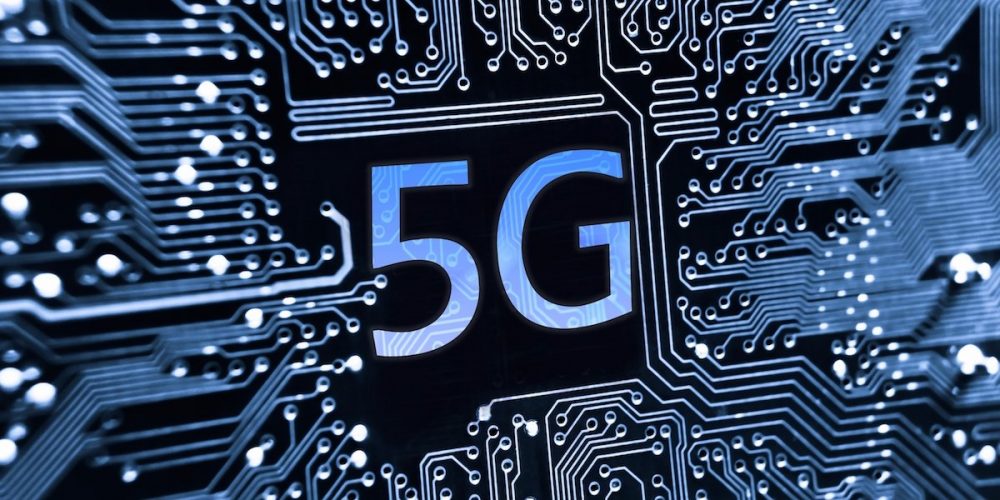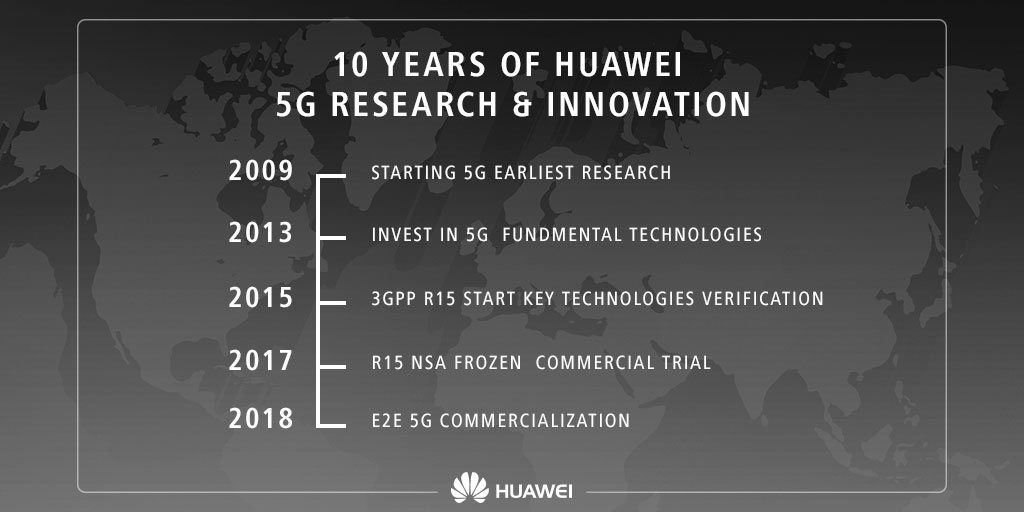Huawei Launches The First 5G CPE At MWC 2018

Huawei has launched the worlds first 5G CPE at MWC 2018. However, the availability of the CPE will be limited to North America. The CPE stands for Customer Premise Equipment, which enables the company to test the true potential of the 5G network before the official rollout.
Huawei has partnered with the Canadian telecom company TELUS to implement this technology in Canada. Initially, this technology will be tested with the TELUS employees based on the successful 5G 3GPP mmWave tests that were conducted by the Huawei and TELUS in June 2017.

H Ibrahim Gedeon, CTO at TELUS said:
This trial represents continued progress toward the launch of 5G, as we start to replicate both the in-home experience and network footprint we will see when 5G becomes commercially available in the near future. Wireless 5G services will generate tremendous benefits for consumers, operators, governments and more through the use of advanced IoT devices, big data applications, smart city systems and other technologies of the future.
Dr Wen Tong, Huawei Fellow, and CTO Huawei Wireless said:
mmWave technology will be an important tool in ensuring widespread deployment of 5G technology in Canada. Huawei’s 5G solutions and terminals will enable 5G coverage over a neighbourhood or small community cost effectively. While providing more convenient and high-speed home broadband Internet access services. This friendly user trial will drive the global 3GPP unified 5G standard and build a solid foundation for the 5G early commercialization.
The Huawei 5G CPE utilises 5G gNodeB related elements built by Huawei?TELUS 5G lab. The trail system is based on the 28GHz mmwave band with 800 MHz of bandwidth. In fact, the 5G CPE from Huawei uses the existing technologies like MIMO, F-OFDM, and Polar Code.
With the 5G technology, the company will be able to replace the fibre to home solutions. Huawei calls this as “Last-Mile” solution for the consumers and business. The deployment of wireless 5G solutions will help the brands to reduce the cost of operations. The 5G equipment has smaller footprints compared to the traditional towers. In fact, it helps the requirement of government’s permission to set up new towers.
























 ! For i
! For i

